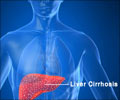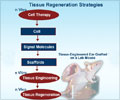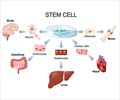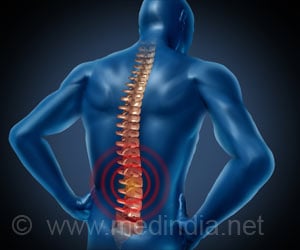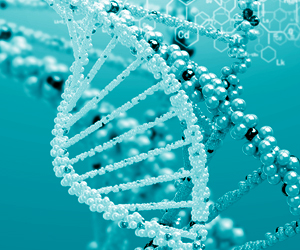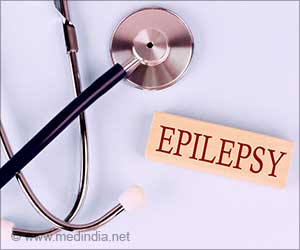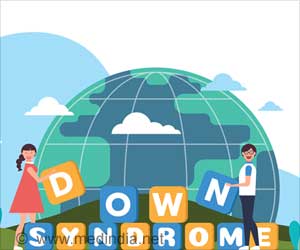Researchers at the University of Pennsylvania School of Medicine have found a new protein marker that identifies rare adult liver stem cells, whose ability to regenerate injured liver tissue has the potential for cell-replacement therapy.
The research team, led by Linda Greenbaum, MD, Assistant Professor of Medicine in the Division of Gastroenterology, has shown that cells expressing the marker can differentiate into both liver cells and cells that line the bile duct.This marker, in the future, will allow for the isolation and expansion of these stem cells, which could then be used to help patients whose livers can no longer repair their own tissue.
"In a healthy liver, proliferation of mature liver and bile-duct lining cells is sufficient to maintain the necessary size and function of the organ. This even works when the liver is confronted with mild and acute injury, but the situation changes when injury to the liver is chronic and severe," said Greenbaum.
For chronic injury, the liver uses a back-up system that stimulates stem cells to proliferate and eventually differentiate into new liver cells.
The researchers found that these dual-potential stem cells can be identified and potentially isolated from other liver cells because they uniquely express the protein Foxl1.
The team showed that in two mice models of liver injury, stem cells and their descendents were marked by the expression of FoxL1.
Advertisement
"At this point, we haven't identified the molecular targets that are regulated by Foxl1 in the liver stem cell," said Greenbaum.
Advertisement
"This work has significant implications for cell-replacement therapies of chronic liver disease in the future," said Greenbaum.
The findings appear online this month in the journal Hepatology.
Source-ANI
LIN





